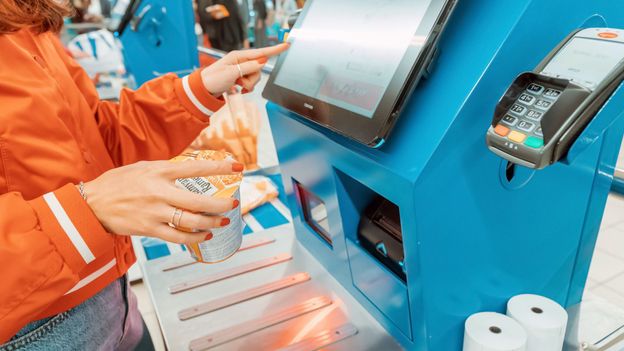- cross-posted to:
- [email protected]
- [email protected]
- technology
- cross-posted to:
- [email protected]
- [email protected]
- technology
‘It hasn’t delivered’: The spectacular failure of self-checkout technology::Unstaffed tills were supposed to revolutionise shopping. Now, both retailers and customers are bagging many self-checkout kiosks.



I don’t get this article, it’s clearly got a bone to pick with self-checkout and seems to be contradicting itself in the process:
Okay, so even given the myriad of poor implementations out there, a majority of people prefer it. But then at the end:
Oh really? Because your quoted survey seems to say the opposite. And then there’s stuff like this:
This is too light on data. Even a luxurious 1 cashier per 2 self-checkout stations will result in large cost savings for a business where employee costs are a significant fraction of total expenses. Especially in low margin businesses like grocery stores, removing even small amounts of overhead makes a big difference. Just because stores are adding a few employees back, doesn’t mean cost-savings are completely negated.
Surprise, a large nation did not completely get rid of cashiers! The number is meaningless without more context: did the number of cashiers go down? What about average cashiers per store? Where is the data?
My point is, maybe companies just went too hard on the cost-cutting and are trying to find the right balance. What is the best ratio of self-checkout to classic cashier checkout? What is the right amount of self-checkout assistants? How do we make checking out yourself a good user experience? All of these things are still being experimented with. What does seem to be clear is that self-checkout has become near ubiquitous, and therefore it is most certainly not a “spectacular failure” by any definition.